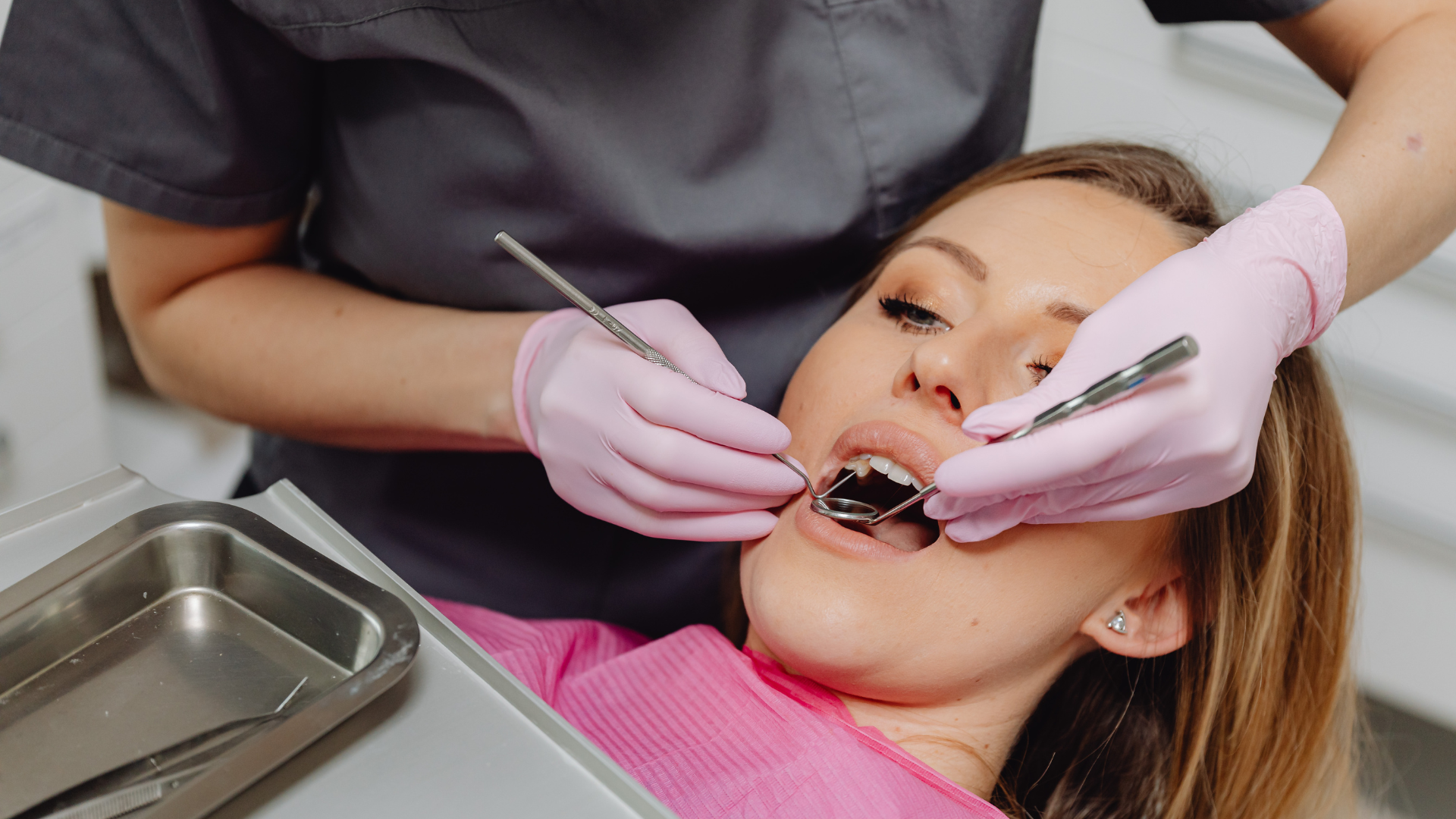Implant Prosthesis: The Pinnacle of Tooth Replacement Solutions
Implant Prosthesis: The Pinnacle of Tooth Replacement Solutions
Tooth loss is a challenge that has faced humanity for centuries. From the cosmetic implications to functional issues like difficulty in chewing, missing teeth can be a significant setback. Thankfully, modern dentistry, with its blend of technological advancement and innovation, offers implant prosthesis as the premier solution for tooth replacement. Let's embark on a journey to understand the diverse range of implant prosthesis options available today.
What is Implant Prosthesis?
At its core, an implant prosthesis is an artificial device that replaces missing teeth by connecting to dental implants surgically anchored in the jawbone. This method provides a permanent or semi-permanent alternative to traditional removable dentures, ensuring stability, natural aesthetics, and improved function.
The Array of Implant Prosthesis Options
Single-Tooth Implants: As the name suggests, these are ideal for replacing individual missing teeth. An implant post is placed in the jawbone, and after healing, a custom-crafted crown is attached, seamlessly blending with neighboring natural teeth.
Implant-Supported Bridges: For those missing several teeth in a row, implant-supported bridges are an excellent option. Unlike traditional bridges that rely on adjacent teeth for support, these bridges are anchored on implants. This approach preserves natural teeth and ensures a more stable restoration.
Full Arch Implant Prostheses: These are suitable for individuals missing most or all of their teeth in an arch (upper or lower). Options include:
Fixed Prostheses: Often termed as "All-on-4" or "All-on-6", these involve a full arch of prosthetic teeth anchored on four or six implants, respectively. Once in place, these prostheses are non-removable and behave like natural teeth.
Removable Prostheses: Also known as implant-supported dentures, these can be snapped on and off the implant abutments, providing the stability of implants while allowing easy removal for cleaning.
Zygomatic Implants: For patients with severe bone loss in the upper jaw who cannot receive regular implants, zygomatic implants, which anchor into the cheekbone, can be an alternative. They allow for immediate prosthetic loading, often eliminating the need for bone grafting.
Mini Dental Implants:
These are narrower than traditional implants and can be used in areas with limited bone availability. They are often utilized to stabilize lower dentures.
In Conclusion
Implant prosthesis represents the zenith of tooth replacement solutions, offering unparalleled stability, aesthetics, and functionality. It ensures that individuals can chew, speak, and smile with renewed confidence. By selecting the right type of implant prosthesis tailored to individual needs, one can expect a transformative experience that not only restores the mouth's function but also rejuvenates one's facial aesthetics and self-esteem. With the guidance of skilled dental professionals, embracing implant prosthesis can indeed be a life-changing decision.




